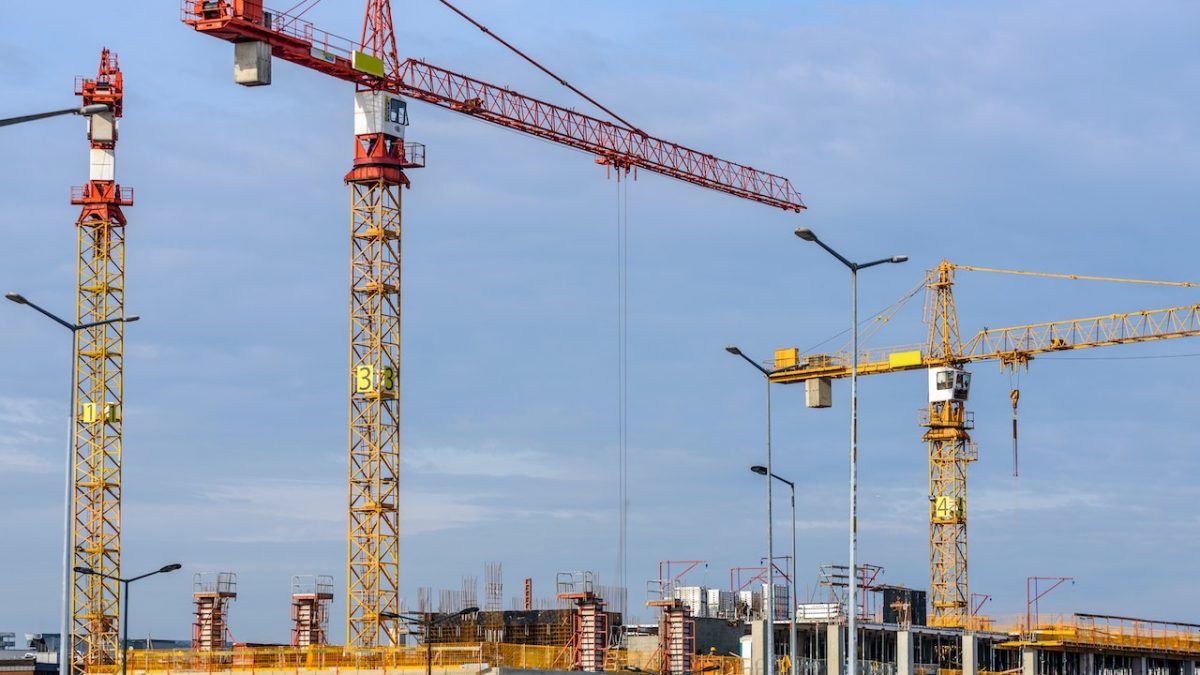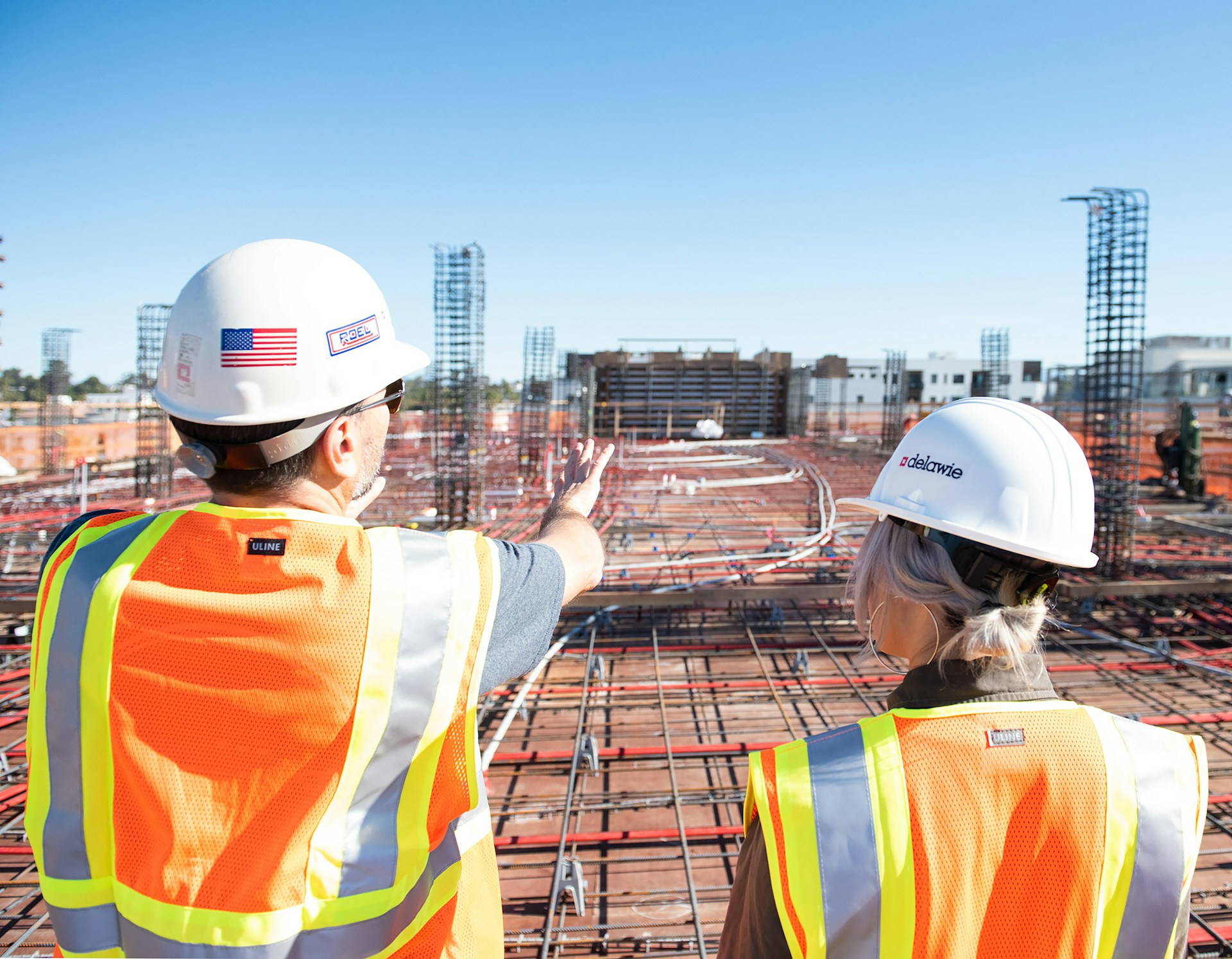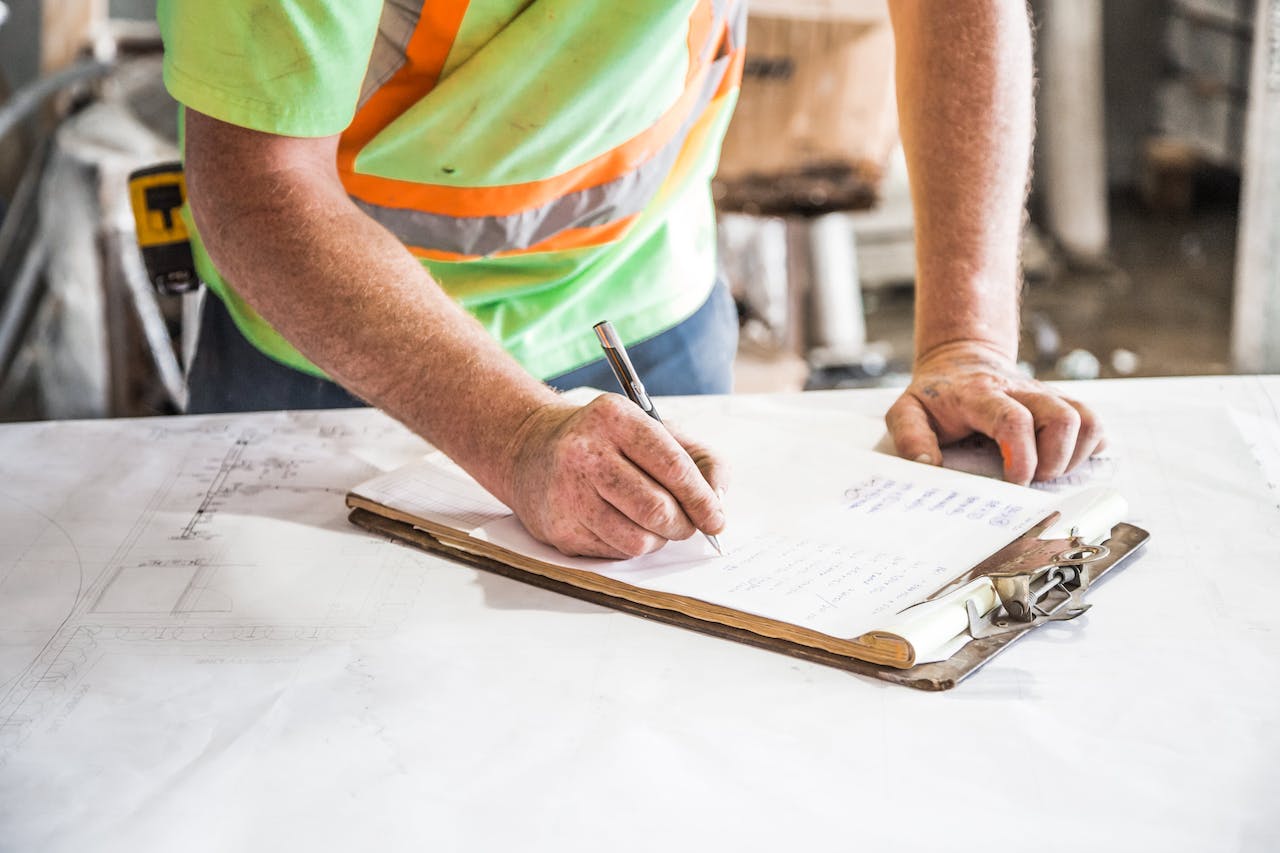According to studies, more than USD $ 14.4 trillion will be generated by the worldwide construction industry by 2030. This is equivalent to an approximate compound annual growth rate (CAGR) of 7% from 2020 to 2025. Almost every facet of this business is being revolutionized by digital technology. Is your team ready for what’s next? This article delves into some emerging construction technology developments that have the potential to shake up the sector and pique readers’ interest in what’s to come.
By 2050, the construction industry is expected to provide more than 70 percent of the world’s gross domestic product (GDP), per the WEF. While this underscores the construction industry’s worldwide relevance, it also calls attention to the sector’s fundamental issues in technology, resilience, equity, and sustainability.
To maintain profitability while navigating shifting market conditions, construction professionals must prioritize an ever-growing list of essential tasks.
What are the challenges being faced?
However, despite these stresses, industry organizations maintain a healthy distrust of digital methods that could assist in alleviating these difficulties. Moreover, over the past two years, the epidemic has shed new light on the industry’s long-standing challenges, including high costs, inconsistent supply chains, low productivity, and a lack of qualified workers.
The pandemic threw the friction between a “development mindset” and a “business-as-usual approach” into the forefront during the pandemic’s outset. Nevertheless, construction firms worldwide have begun making the reasonable transition to a digital-first world, as evidenced by the fact that the rate of digital adoption within the past 90 days has equaled that of the previous decade.
There are still exciting times ahead for the construction technology sector. Here are some of the trends and updates expected in Q3:
Industry performance and profitability:
The COVID-19 contagion exposed the weaknesses of supply systems globally. As a result, experts predicted supply difficulties to stabilize in 2021 as global manufacturing resumed and supplies returned to normal. However, supply constraints caused by the pandemic persist, hurting vital materials such as paint, lumber, coatings, aluminum, steel, and cement, among others.
This crisis has a dual impact. The first issue is a lack of materials; according to an Associated General Contractors of America (AGC) survey, at least 75% of E&C firms reported project delays owing to extended lead times or material shortages. Furthermore, 57% of respondents cited delivery delays, suggesting that the industry struggles to estimate when materials will arrive. The second effect is rising expenses; in the first seven months of 2021, prices of crucial construction materials climbed by double digits each month.
Overall, supply chain interruptions and volatility are predicted to be among the most significant difficulties in 2022, with organizations that can navigate them likely to emerge as winners.
Real-time construction management:
Construction sector trends toward digitization and automation generate enormous construction technology prospects. Technology is used in construction projects from the beginning to the end, from design to actual implementation and into everyday use and maintenance. Workflows are becoming more complex as technology allows for greater scales, taller, more ecologically conscious, and faster construction while staying under budget.
Smart Construction Management technology is constantly changing, with significant implications for worker safety and sustainability. Tech is also involved in developing innovative building products and materials, such as formulations that allow for lower embodied carbon and water use reductions in concrete.
Companies who understand how to integrate construction technology into their processes will have a market edge over those that do not, as “tech stacks” grow.
Connected construction
The industrial environment is fast transforming as engineering companies, contractors, and stakeholders across the value chain grasp the potential of increased use of linked construction technology. As a result, reduced downtime, maximized asset usage and efficiency, and improved insight into operations with these technologies are expected. In addition, these innovations may connect assets, personnel, processes, and job sites on a single platform to facilitate more imaginative work.
New technologies and the information and sophisticated analytics they make possible are the backbones of the linked construction movement. To keep up with the industry’s potential shift toward connected construction, it may be crucial to strengthen data, analytics, and consumer insight capacities.
The term “connected construction” is expected to serve as a catch-all for large digital expenditures in 2022 to connect, integrate, and automate processes and migrate the whole value chain to a secure, innovative network.
Mergers and Acquisitions
Most engineering and construction companies in 2020 were risk-averse and frugal. By comparison, 2021 is a year of extremes, with transaction levels in the first nine months being 152% greater than in 2020 and 10% greater than in 2019. In the first eight months of 2021, the engineering and construction (E&C) sector in the United States rose in merger and acquisition activity, with $16 billion in transaction value recorded. If current trends continue, the industry could see deal values of over $20 billion by year’s end.
Many E&C firms have expressed an eagerness to acquire technology and telecom companies to speed up their adoption of cutting-edge digital capabilities and solutions. As many as twenty-seven targets in the software, electronics, technical consulting and services, and film industries were acquired by U.S. E&C corporations between August 2020 and August 2021
This positive update is expected to speed up in 2022 as E&C companies invest in technology that lays the groundwork for linked, integrated, and automated operations.
Talent acquisition
Companies are still struggling to fill open positions as the labour market shifts.
After the end of the pandemic, the primary concern for most E&C companies was resuming operations at construction sites without further incident. However, despite moving fast to adopt mandatory safety requirements, the sector still struggles to find and retain qualified personnel. Project cancellations and delays, scaled-back projects, inability to react to market needs, lost project bids, and a lack of innovation are some ways E&C enterprises might suffer from unfilled job opportunities.
A lack of suitable candidates is also a contributing cause of labour shortages. In addition, industry developments in integrating digital technology with essential workstreams to further boost productivity, effectiveness, and worker safety contribute to this skills gap. Therefore, in 2022, it may be crucial to successfully navigate workforce problems by adjusting current talent strategies and establishing new talent and workforce experience plans.
A more significant role of AI is expected
Specifically, there is no silver bullet technology in the building industry that would instantly transform everything. Yet, in the near future, some developments in technology and fashion will profoundly affect the delivery of projects. As construction industry leaders, we must keep tabs on these critical developments and assess the digital sophistication of our firm.
The company’s culture, its people, its procedures, and of course, its tools are all crucial components of a successful transformation strategy.
It seems like every day, a new technological marvel is introduced. In recent years, businesses have been able to expand into previously unimaginable fields thanks to the low cost of cutting-edge technologies like artificial intelligence (AI), augmented reality (AR), drones, and blockchain (the technology underpinning non-fungible tokens or NFTs). By 2020, worldwide spending on IoT devices grew to $1.1 trillion USD, and it is predicted to reach USD 6 trillion by 2026, thereby significantly enhancing the day-to-day operations of businesses10. However, the construction industry’s current framework for initiating and processing financial transactions is very disjointed and uneven.
Building firms must keep detailed records, which they must watch constantly and manually. Smart contracts enabled by the blockchain have allowed for efficient and “trustless” trades. Smart contracts in NFTs also facilitate increased productivity through decentralized labour pools and AI/ML-powered robotic process automation (ML). Unfortunately, this kind of technological variety is now unavailable to construction crews.
Construction sites are increasingly using remote monitoring tools, such as wearable tech and augmented reality glasses, to keep an eye on things from afar. Examples of such devices include remote sensing drones, laser scanners, and visual recognition software. In addition, businesses must analyze and categorize substantial damage to reduce the likelihood of accidents on building sites.
The technology will improve a business’s bottom line by lowering the time it takes to fix problems and making on-the-ground operations safer and more productive. These are essential features of modern project management software, allowing for collaboration between teams and disseminating up-to-the-minute data.
To Conclude
There is going to be a huge technological shift in the building sector, and we want to foster a dialogue ecosystem that will benefit your companies and get you ready for it.
There will be a lot more news to come in the building technology industry in 2023 and beyond.




